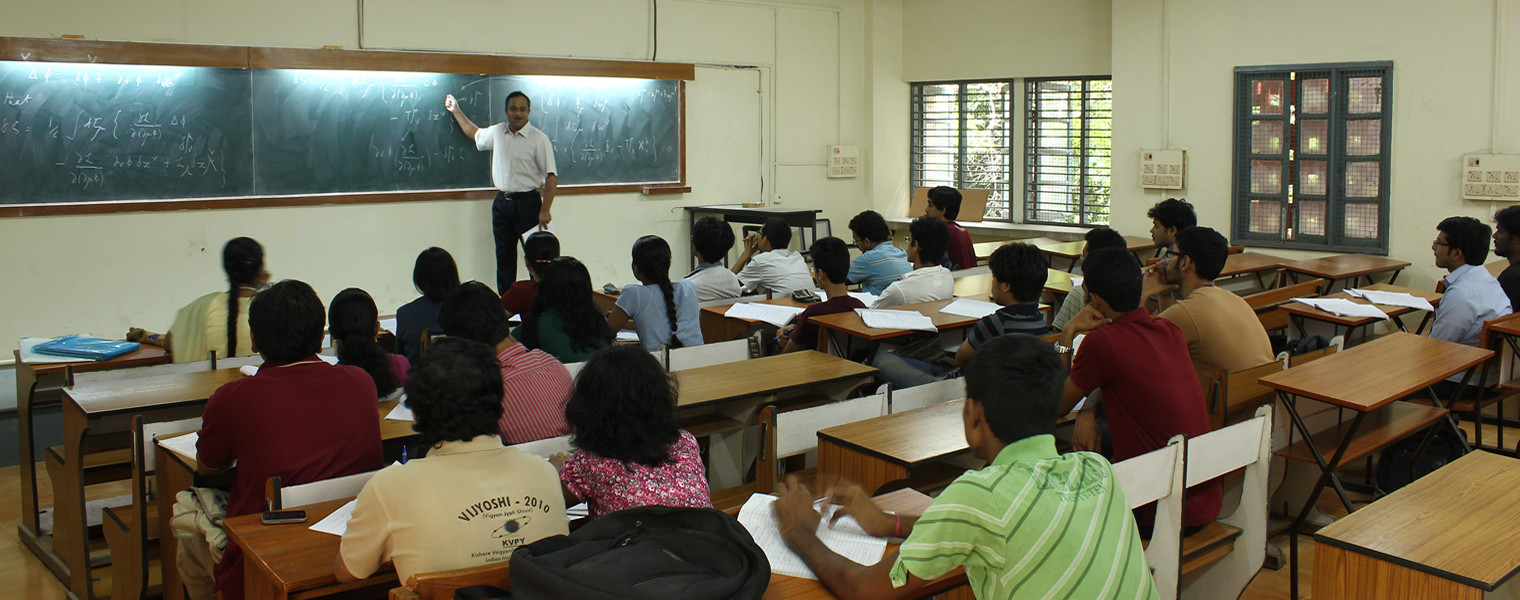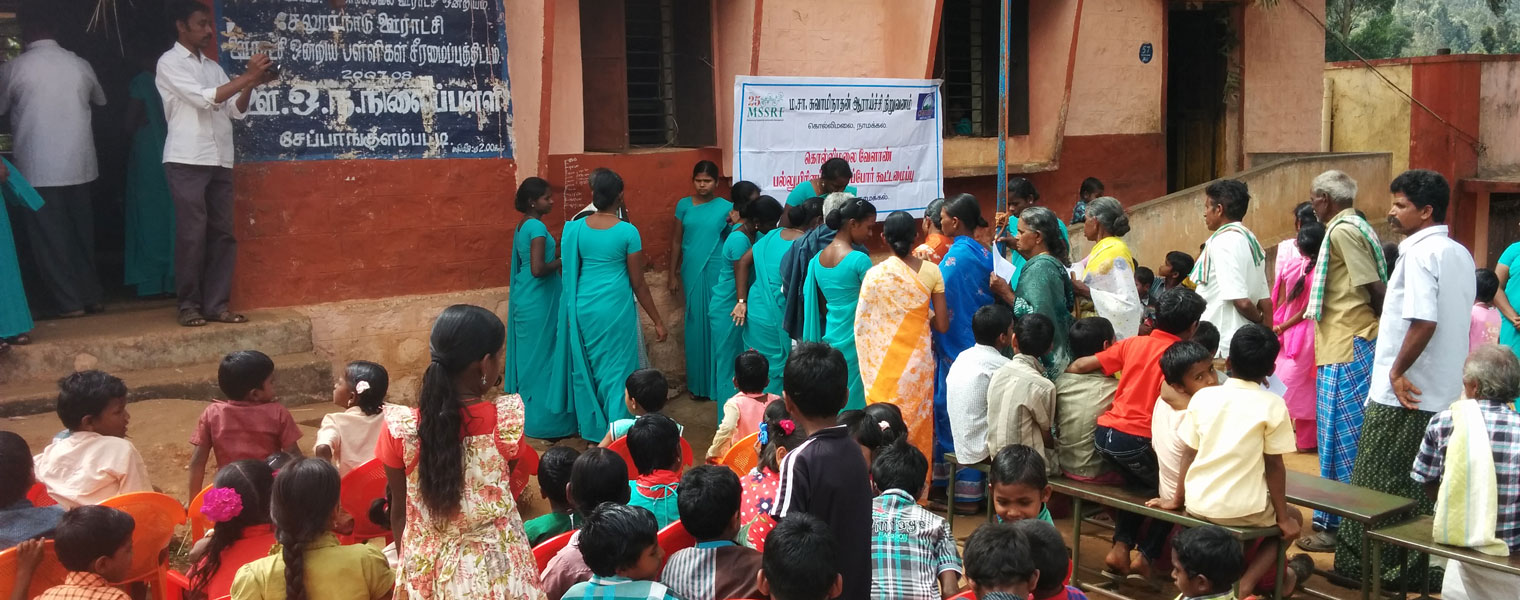AUTONOMOUS COURSES
In ancient times, India had the Gurukula system of education in which anyone who wished to study went to a teacher's (Guru) house and requested to be taught. If accepted as a student by the guru, he would then stay at the guru's place and help in all activities at home.
Vocational Degree / Diploma Education & Training
The policies above-described above are not very well-suited to the general line of thinking adopted in the Educational Development for Rural /Backward Peoples and Sexual Minority Peoples all over India and aboard. The 2009 Global Monitoring Report (UNESCO, 2009) is quite hostile towards the agenda of “choice, competition, and voice”, arguing that competition and choice have the potential to reinforce inequality. Moreover, when Ministers met in Seoul in 1999 at the Second International Congress on Technical and Vocational Education (TVE) they adopted the goal of ‘Technical and Vocational Education for All’’.

Generally, every lover of education asks the question what is the constitutionally and reliability of NOVA Academy of Rural Education & Research or what sort of service or where admission can be obtained by students passing out from NOVA Academy. The only clear answer to all such questions is that all educational Boards / Academies are Autonomous bodies. It is left to the discretion of Academy either to allow or refuse admission to a student from another academy.
WORLD SKILL COUNCILTM
World Skill Council is the International Standard Skill Training, Skill Assessment and Skill Certification Body of World Skill Corporation, a legal entity, constituted in London, UK, which has worldwide presence of Educators & Skill Masters on various skills who train thousands of skill aspirants across the world.
CENTRAL BHARAT SEVAK SAMAJ
Central Bharat Sevak Samaj is the National Development Agency, Established in 1952 by Planning Commission, Government of India. The Constitution and Functioning of Bharat Sevak Samaj is approved unanimously by the Indian Parliament. For the past seven decades, Central BSS has been training youth for better employment across the world.
RURAL EDUCATION:
INTRODUCTION
India has made progress in terms of increasing the primary education attendance rate and expanding literacy to approximately three-quarters of the population in the 7-100 age group, in 2011. India’s improved education system is often cited as one of the main contributors to the economic rise of India. Much of the progress, especially in higher education and scientific research, has been credited to various public institutions. At primary through high school level, as well as certain higher level technical schools, India has a combination of government-run public and private schools system. About 60% of the students go to public schools and 40% to private; the private education market in India had revenue of US$ 450 million in 2008 but is projected to be a US$40 billion market.
RURAL EDUCATION IN INDIA

Majority of India still lives in villages and so the topic of rural education in India is of utmost importance. The Annual Status of Education Report (ASER), shows that even though the number of rural students attending schools is rising, but more than half of the students in fifth grade are unable to read a second-grade textbook and are not able to solve simple mathematical problems. Not only this, the level of Maths and reading is further declining. Though efforts are being made, they are not in the right direction. The reason cited for this problem in surveys is the increasing number of a single classroom to educate students from more than one grade. In some states attendance of teachers and students is also declining. These are a few reasons why schools have failed to educate rural India.
REASONS FOR SLOW GROWTH OF EDUCATION IN RURAL INDIA
Quality and access to education is the major concern in rural schools as there are fewer committed teachers, lack of proper textbooks and learning the material in the schools. Though Government schools exist, when compared to private schools then quality is a major issue. Majority of people living in villages have understood the importance of education and know that it is the only way to get rid of poverty. But due to lack of money, they are not able to send their children to private schools and hence depend upon government schools for education. Above that, in some of the government schools there is only one teacher for the entire school and if they don’t show up at work, then it is a holiday. If the quality along with the number of teachers and, that too committed teacher can be improved in these schools, then aspiring rural children and India can fulfill their dreams of doing something great.
Some government schools in rural India are overly packed with students, leading to a distorted teacher-student ratio. In one such remote village in Arunachal Pradesh, there are more than 300 students in class X which makes nearly 100 students in each classroom. In such a situation it is impossible for teachers to pay full attention towards each and every student, even if they are willing to help.
Every village is not provided with the school which means that students have to go to another village to get an education. Owing to this parents usually do not send their daughters to school, leading to a failure in achieving the rural education in India.
Poverty is another setback. Government schools are not as good and private schools are expensive. This results in a very low number of students actually clearing their secondary education and taking admission in colleges for further studies. So the drop-out-rate at the secondary level is extremely high in villages. Only parents who can afford college education send their kids to secondary schools. If parents are not able to send their wards for higher education then all their previous efforts get wasted as completing just secondary education means a low paying job and the person is again struck in the same never-ending cycle of money, life, and poverty.
Most textbooks are in English and since people in rural areas either speak their native language or Hindi, but not English that defeats the purpose. This results in lack of their interest in studies. Though some of the students from villages are really brilliant, as they have a wealth of practical knowledge and know how to survive even in very harsh conditions of life, difficulty in understanding their textbooks, lack of facilities and their poverty are a hurdle in their education.
Quality related issues are far powerful than poverty. Students are not at all encouraged to think but they are asked to memorize pre-defined questions for exams. So for many students clearing examination at the end of the session, passing their exam becomes more important than gaining knowledge. Also as per the new CBSE rule, every student is supposed to be promoted to the next class irrespective of marks in their examination. Hence the majority of students do not bother to study, which means a decline in their education level. Neither students nor teachers take any interest in studies which is why the level of education is declining in India despite many efforts.
The foundation to turn India into a strong nation has to be laid down at primary and rural levels and so the quality of education right from the beginning should be excellent. Education and textbooks should be made interesting. For rural students textbooks related to their culture, their traditions and values should also be there so as to create their interest in studies. The reasons behind so many drop-outs in spite of free education should be found out as this is a hurdle on the road to progress. Improvement in the condition of government schools, education quality, committed teachers and more salaries to these teachers should be part of development.
INNOVATIVE APPROACH TO RURAL EDUCATION
NOVA Academy participates in providing education to people in rural areas their by prophesying the vision of National Literacy Mission. NOVA Academy wants to make Education affordable and easy to reach for people in rural areas. NOVA Academy follows the path of non-formal education. This mode will be helpful for discontinued students, poverty-stricken students, students who know only their mother tongue (Regional Language). Rural areas do not have proper schools and the few schools present have very small or only one classroom. In these areas non-formal education or technical collaborating regular education mode is a boon. They can utilize this mode to increase their capacity. Capacity building is important for the people as well as the nation as a whole.
NOVA Academy of Rural Education & Research has effectively played its part in developing urban areas and now has turned its eyes towards Rural areas. As rural areas form most part of India, their development is very important for the development of an entire nation. TCODL’s Rural Committees in each rural areas headed by the Village Chief. These Committees will find out the best method to impart education to rural people. Choice of Medium will be chosen as per their mother tongue. Self Help Groups will also play an active role in spreading education in rural areas. NOVA Academy will identify volunteers willing to spread education in rural areas
